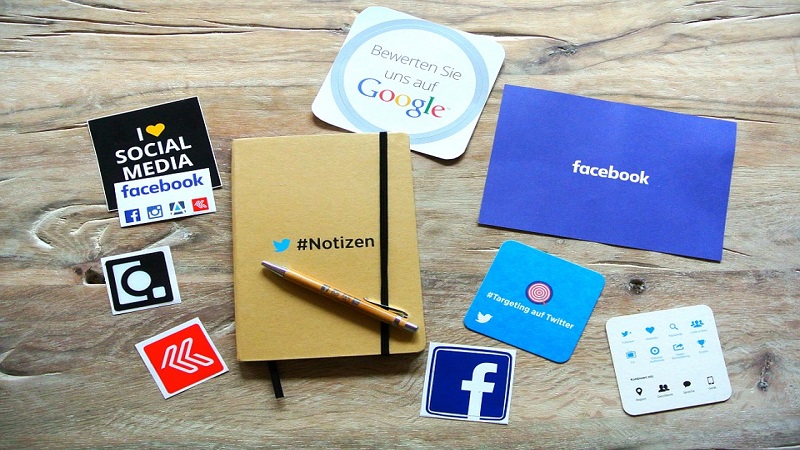Get ready for Get Connected 2021!
https://contactcentresummit.co.uk/wp-content/uploads/2021/01/Puzzel-Jan-12th.jpg 960 640 Stuart O'Brien Stuart O'Brien https://secure.gravatar.com/avatar/81af0597d5c9bfe2231f1397b411745a?s=96&d=mm&r=gPuzzel’s annual Get Connected conference will bring together some of the best minds from across the customer service and contact centre industries to help you plot your path to success in 2021 and look ahead to the future.
You’ll discover the latest trends influencing the sector, see how technology and AI has evolved to help you work smarter, and learn how you can support, motivate and retain your agents as you navigate the new normal of remote and agile working.
Tickets are free but spaces are limited, so reserve your spot today!
Register now: https://bit.ly/2XbvZS0





